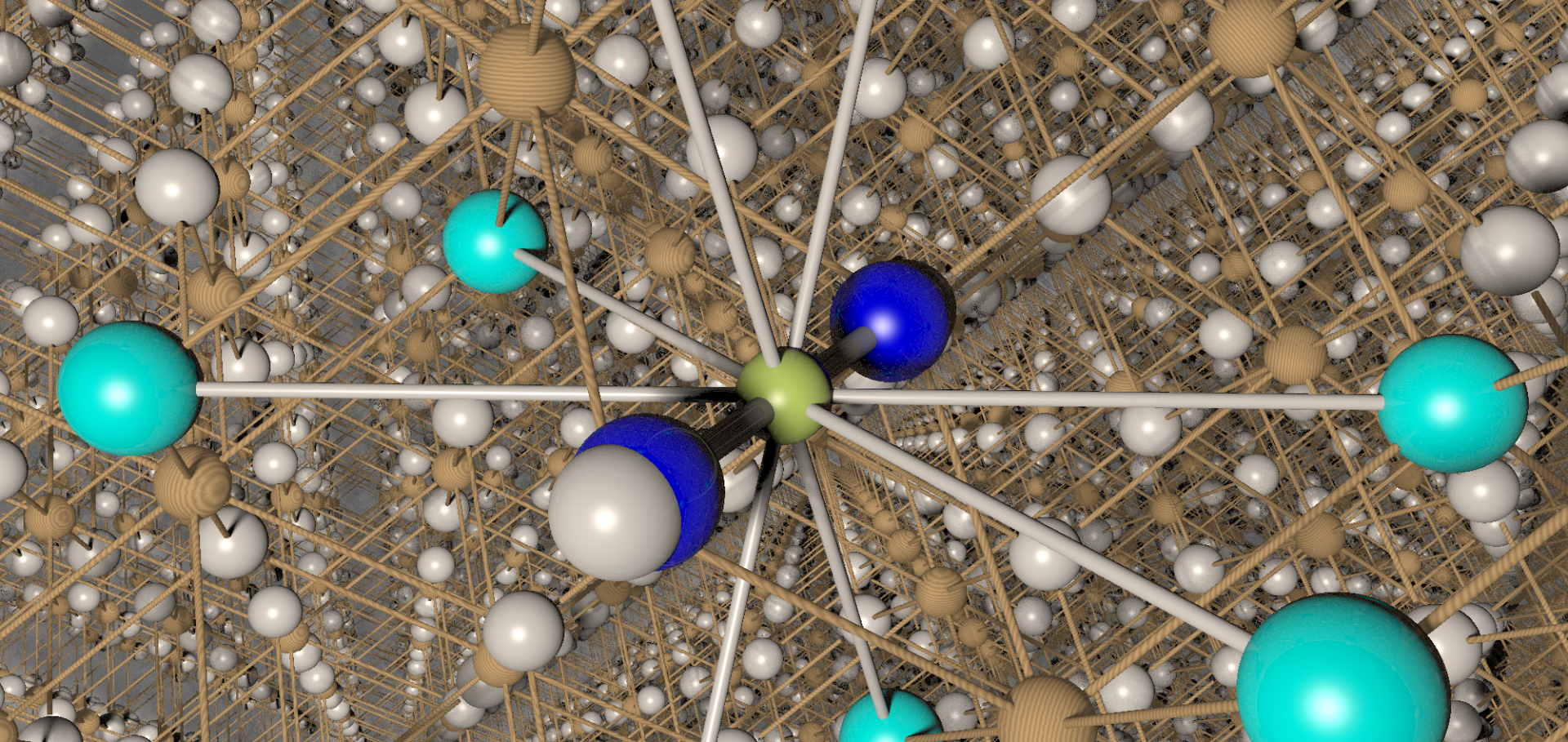Magnetic ordering and dynamics in the XY pyrochlore antiferromagnet: A muon-spin relaxation study of Er2Ti2O7 and Er2Sn2O7
Journal of Physics Condensed Matter 17:6 (2005) 979-988
Abstract:
Spin dynamics in ErMuon‐Spin Rotation Studies of Electronic Properties of Molecular Conductors and Superconductors
ChemInform Wiley 36:5 (2005) no-no
Electron paramagnetic resonance studies of the high-spin molecule Cr10 (OMe) 20 (O2 CCMe3) 10
Applied Physics Letters 86:3 (2005) 1-3
Abstract:
We report millimeter-wave magneto-optical measurements on the high-spin molecule, Cr10 (OMe) 20 (O2 CCMe3) 10. The dependence of the electron paramagnetic resonance as a function of orientation and temperature demonstrates that this compound behaves as a single molecule magnet, and exhibits one of the smallest zero-field splittings (D=-0.045±0.004 K) yet reported for such a system. © 2005 American Institute of Physics.The observation of magnetic excitations in a single layered and a bilayered brownmillerite.
J Phys Condens Matter 17:1 (2005) 99-104
Abstract:
We describe the results of an inelastic neutron scattering measurement of the magnetic excitations in SrCaGaMnO(5+δ), a quasi-two-dimensional compound whose structure consists of layers of MnO(6) octahedra separated by layers of GaO(4) tetrahedra (the brownmillerite structure), and Ca(2.5)Sr(0.5)Mn(2)GaO(8), a bilayered brownmillerite. In both materials, a band of magnetic scattering appears below the magnetic ordering temperature which can be associated with magnon excitations. Our measurements allow us to provide an estimate for the intraplane exchange constant in both materials, which we find to be 3.4(4) meV for SrCaGaMnO(5+δ) and 2.2(4) meV for Ca(2.5)Sr(0.5)Mn(2)GaO(8).Magnetoresistance Techniques Applied to Fermi Surfaces
Chapter in Encyclopedia of Condensed Matter Physics, Six-Volume Set, 3 (2005) V3-253-V3-261


